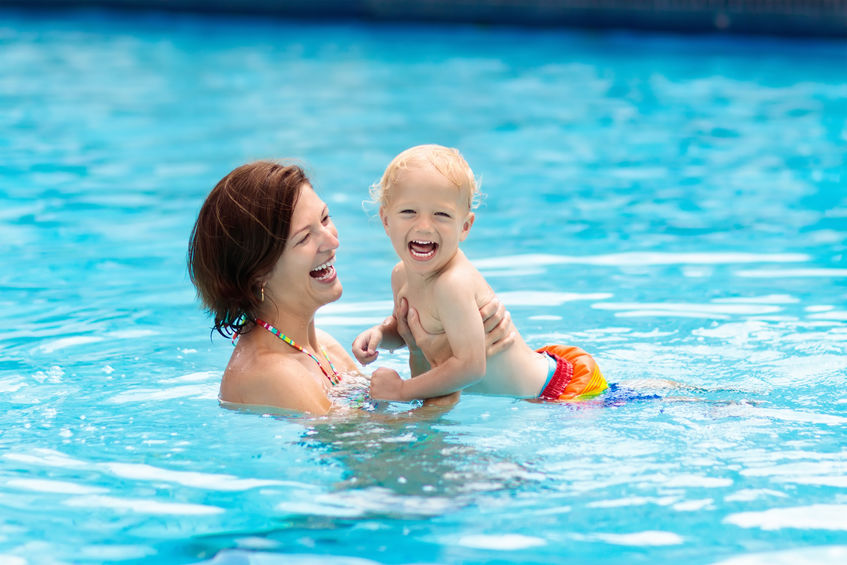
School is out and summer is here! While you’re getting ready for pool parties, summer camps, and the like, don’t forget about summer safety. Our kids can be particularly susceptible to the summer sun and heat. So, here are some ways you and your kids can beat the heat this summer:
Lather up on sunscreen
Sunscreen is a must for kids six years and older. The sun’s UV rays can cause nasty sunburns and even put your kids at risk for skin cancer later in life. Before heading outside or into the pool, apply sunscreen 15 minutes prior to stepping outside. Your sunscreen should have an SPF (Sun Protection Factor) of at least 15 or greater (the higher the number, the more protection it affords).
Stay hydrated
Heat stroke and dehydration are one of summer’s biggest threats. Even if the temperature is relatively mild, your child can still get dehydrated quickly. Always have a bottle of water on-hand whenever you go outside. You should also be aware of the top signs of dehydration so you can catch it before it gets worse.
Never leave children in parked cars
Even if you’re stepping away for just a few minutes, you should never leave your child in a parked car. Cars can heat up rapidly, reaching dangerous temperatures in just a few minutes. The higher the temperature, the greater the risk of a heat-related illness or death, even if the window is cracked open. If you’re leaving your car, always bring your child with you.
Cool off inside
You can take all the steps above and still find your children hot and dehydrated. It’s important to take a break from the heat and find somewhere inside to cool off, preferably in an air-conditioned room. While they’re inside cooling off, give your kids some toys, video games, or stuffed animals to play with and to keep them occupied before it’s time to head back outside.
The Zoo Factory has plenty of stuffed animals your children can play with either inside or outside this summer. Look through our inventory today to get started!





Recent Comments